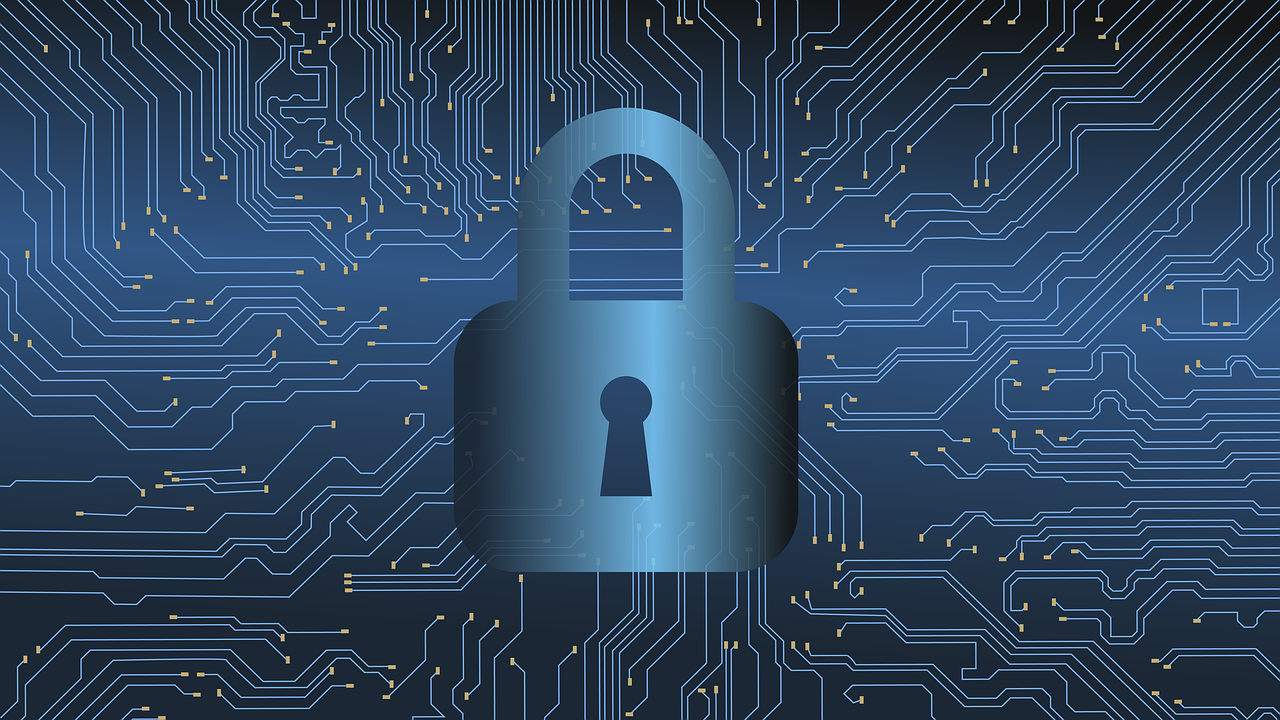The Metaverse is an ever-growing digital world that has been created by the convergence of various technologies such as virtual reality, augmented reality, blockchain, and artificial intelligence. It is a rapidly evolving environment that is quickly becoming the platform for many types of digital transactions. As with any form of transaction in the real world, it is important to secure these transactions to protect against fraud and identity theft. In this blog post, I will walk you through how to secure transactions in the metaverse to safeguard customers’ identities and data.
Key Takeaways:
- Use secure protocols such as TLS/SSL to prevent man-in-the-middle attacks.
- Have strong passwords and enable two-factor authentication for additional security against unauthorized access.
- Employ DDoS protection services and limit the number of requests that can be made in a certain period to prevent denial of service attacks.
- Verify data before relying on it and ensure the source is reliable and trustworthy to protect against unverified data.
- Use encryption and regularly monitor for suspicious activity on all connected devices to reduce the risk of a breach.
How to Secure Transactions in the Metaverse
Use a Secure Payment System
When conducting financial transactions in the Metaverse virtual environment, it is important to use a secure payment system that is encrypted and has strong security measures in place. Popular payment systems such as PayPal, Venmo, or Apple Pay can provide an extra layer of security when making purchases.
Use Two-Factor Authentication
Two-factor authentication (2FA) helps to protect accounts by requiring two forms of verification when logging in or accessing sensitive information. This means that even if a user’s password is compromised, they would still need to enter a code sent to their mobile device or email address to access their account.
Avoid Sharing Sensitive Information
It is important to avoid sharing any sensitive information, such as credit card numbers or bank details when conducting transactions in the Metaverse. Users should only share this type of information with trusted and verified sources that have strong security measures in place.
Verify Sources Before Transferring Funds
Before transferring funds, users should always verify that the source is legitimate and trustworthy. This could include checking reviews or references online, as well as confirming that the website is secure (e.g. using an SSL certificate).
Use a Secure Wallet
Cryptocurrencies should always be stored in a secure wallet that requires two-factor authentication and other security measures to ensure that it is protected. It is also important to back up the wallet in case of an incident or data loss.
Monitor Transactions for Suspicious Activity
Transactions should be regularly monitored for any suspicious activity, such as multiple payments from the same account or large sums being transferred without explanation. If any suspicious activity is identified, users should contact their financial institution or the relevant authorities for advice.
Ensure Compliance with Regulations
Users should ensure that all transactions conducted in the Metaverse virtual spaces are compliant with applicable laws and regulations, as well as any terms of service or usage agreements. This helps to protect against potential legal issues and ensure that all transactions are legitimate.
Use a VPN
Using a Virtual Private Network (VPN) when conducting transactions in the Metaverse virtual universe can help to keep information secure and prevent any data from being intercepted or manipulated during the transaction. This adds an extra layer of security for both parties involved.
VR and AR Security Risks
Hacking
With the increased popularity of virtual reality (VR) and augmented reality (AR), hackers can potentially gain access to sensitive data by exploiting vulnerabilities in these systems. It is important to take steps to protect against such attacks, including implementing robust security measures on all connected devices and regularly patching any software or hardware that may have been exploited.
Phishing
Just like in the physical world, phishing attacks are prevalent in the Metaverse. Scammers will send emails or instant messages to unsuspecting users, with links that appear to take them to legitimate websites but lead them to malicious sites. It is important to be aware of these scams and not open any attachments or click on any links from unknown sources.
Malware
Malicious software, or malware, can be used to infiltrate the Metaverse and access sensitive data. It is important to have secure networks and systems in place to prevent malware from getting into the system. Additionally, it is wise to keep all software up-to-date with the latest security patches and use antivirus/anti-malware software to detect and remove any potential threats.
Man-in-the-Middle Attacks
These attacks occur when an attacker intercepts communication between two parties and attempts to gain access to sensitive data. They can be prevented by using secure protocols such as Transport Layer Security (TLS) or Secure Socket Layer (SSL).
Unauthorized Access
Attackers may attempt to gain access to the Metaverse through brute-force attacks, which are attempts to guess passwords and usernames. It is important to have strong passwords that are regularly changed and two-factor authentication enabled for additional security.
Spoofing
This type of attack involves impersonation of a legitimate user or device in order to gain access to secure systems. It is important to have strong authentication measures in place, such as two-factor authentication, and to monitor for suspicious activity on all connected devices.
Denial of Service
Attackers may attempt to overwhelm a system with requests, preventing legitimate users from accessing it. To prevent this type of attack, organizations can employ DDoS protection services and limit the number of requests that can be made in a certain period.
Identity Theft
Attackers may attempt to steal sensitive information such as credit card numbers or passwords by impersonating legitimate users. It is important to ensure all connected devices have strong authentication measures in place, such as two-factor authentication, and regularly update any software or hardware that may have been compromised.
Data Breaches
Attackers may try to access sensitive data that is stored on a server or in the cloud. Organizations should employ security measures such as encryption and regularly monitor for suspicious activity on all connected devices to reduce the risk of a breach. A secure network is optimal for identity protection.
Social engineering scams.
Social engineering scams involve attackers manipulating users into disclosing sensitive information or taking particular actions. It is important to be aware of these scams and not click on any links from unknown sources, as well as verify the identity of anyone who requests access to personal data or accounts.
Metaverse Security Risks
Unverified Data
As users of the Metaverse, it is important to be aware that not all data may be verified. Some data security risks come with trusting unverified data, such as the potential for fraud or misuse. It is important to verify any data before relying on it and ensure that the source is reliable and trustworthy.
Smart Contracts
Smart contracts are pieces of code that can be used to automate transactions, business operations, and agreements in the Metaverse. It is important to ensure that these smart contracts are secure, as they may contain sensitive information or financial details.
Token Manipulation
Attackers may attempt to manipulate tokens, which represent a unit of value in the Metaverse, for their gain. It is important to be aware of any suspicious activity and ensure that tokens are stored securely in a wallet that requires two-factor authentication.
Scalability Issues
As the Metaverse grows, there may be scalability issues due to an increase in traffic and data storage requirements. Organizations should take steps to mitigate these issues, such as using distributed ledger technology and sharding to ensure the system can handle the increased load.
Privacy Risks
As users of the Metaverse platform, it is important to be aware of any cybersecurity risks that could compromise their privacy. For example, organizations should take steps to protect user data, such as using encryption and anonymization techniques.
Illegal Transactions
Attackers may attempt to use the Metaverse for illegal activities, such as money laundering or drug trafficking. It is important to ensure that any transactions are legitimate and compliant with applicable laws and regulations.
Fraud
With the increased popularity of digital currencies in the Metaverse, there is an increased risk of fraud. It is important to be aware of these risks and take steps to protect against them, such as using secure protocols and two-factor authentication.
Market Manipulation
Attackers may attempt to manipulate prices in the Metaverse virtual worlds for their gain. It is important to be aware of any suspicious activity and take steps to protect against market manipulation, such as implementing robust security measures on all connected devices.
Human Error
The Metaverse is still a relatively new technology and users may not be aware of all the security challenges and risks associated with using it. It is important to educate users on how to use the system securely and take steps to prevent any potential human errors, such as implementing robust security measures and regularly monitoring suspicious activity.
Protective Measures to Use in Metaverse
1. Secure Networks and Systems: It is important to have secure networks and systems in place to protect against any malicious attacks or intrusions. This includes firewalls, intrusion detection systems, antivirus/anti-malware software, and network segmentation.
2. Encryption: Data should be encrypted both at rest and in transit to ensure that it remains secure and confidential. This includes any sensitive data, such as financial information, biometric data, digital assets, or passwords, that is stored on the Metaverse.
3. Robust Security Protocols: Organizations should use robust security protocols, such as TLS/SSL or IPSec, to ensure that data is transmitted securely over the network. This helps to reduce the risk of any data being intercepted or manipulated in transit.
4. Access Control Lists: Organizations should implement access control lists (ACLs) to manage who can access certain areas of the Metaverse platforms and what they can do within those areas. This helps to prevent any unauthorized access or activity.
5. Auditing and Monitoring: Regular auditing and monitoring of all connected devices should be conducted to identify any suspicious activity and ensure that security measures are being enforced properly.
6. User Education: Users should be educated on the risks associated with using the Metaverse and how to use it securely. This includes topics such as authentication, encryption, and access control.
7. Risk Mitigation Strategies: Organizations should have risk mitigation strategies in place to respond quickly to any security incidents or breaches that may occur. This includes having a plan of action for how to remediate the incident and prevent it from happening again
Bottom Line
It is important to take steps to protect against any potential threats when conducting transactions in the Metaverse. This includes using secure payment systems, two-factor authentication, verifying sources, and using a secure wallet.
It is also important for users to monitor their accounts for suspicious activity and ensure they are compliant with applicable regulations. By following these simple steps, users can help ensure that their transactions are safe and secure.




